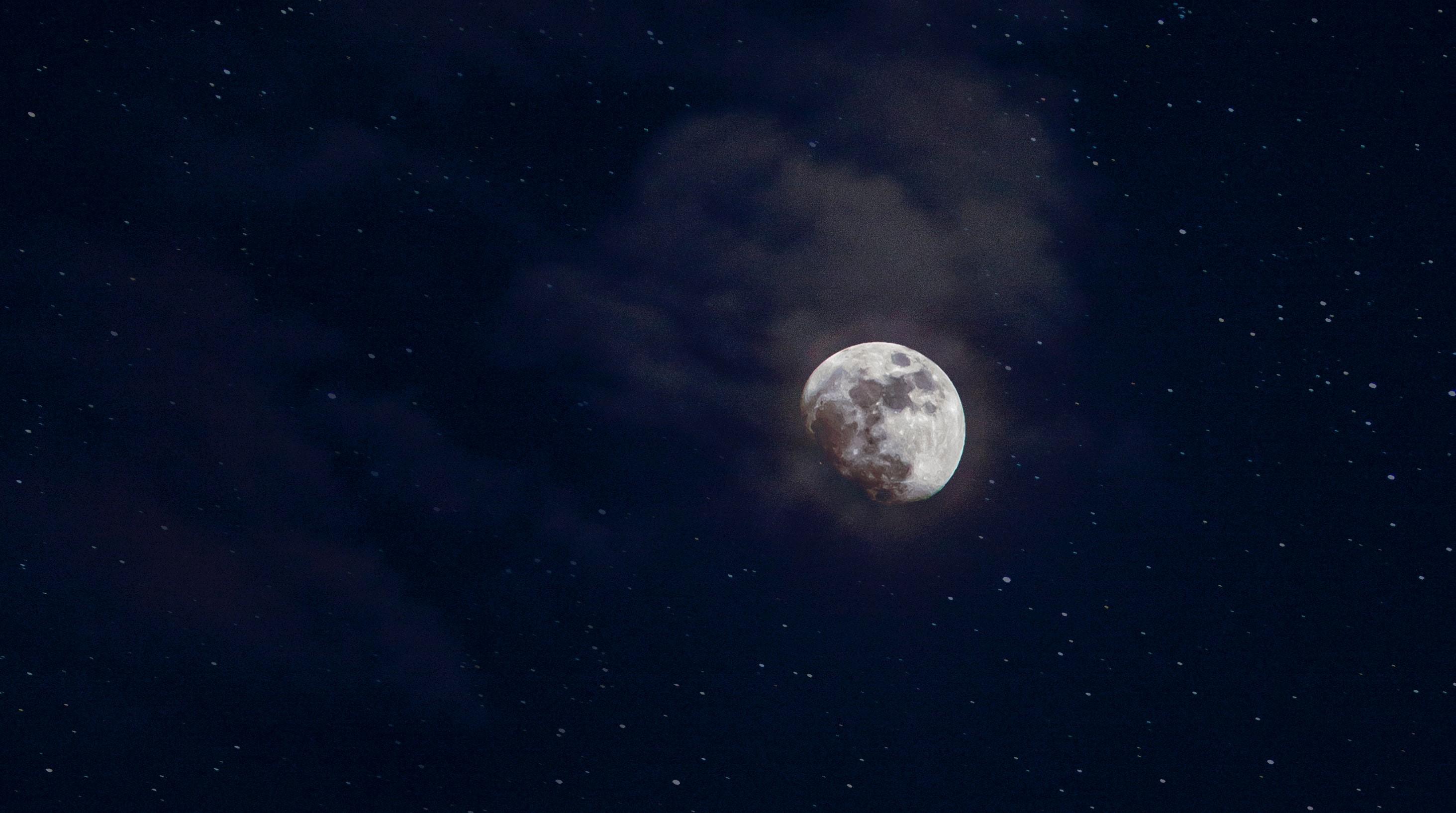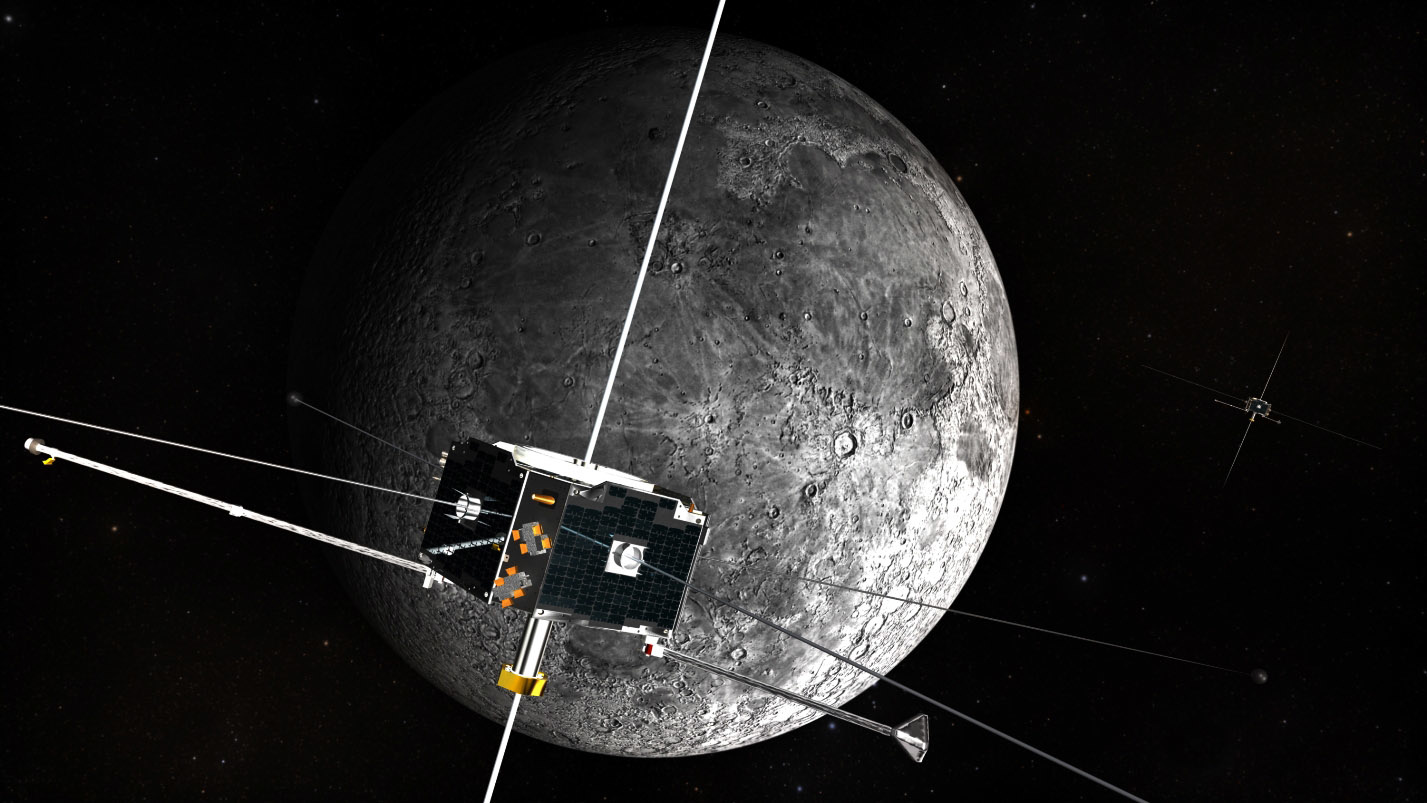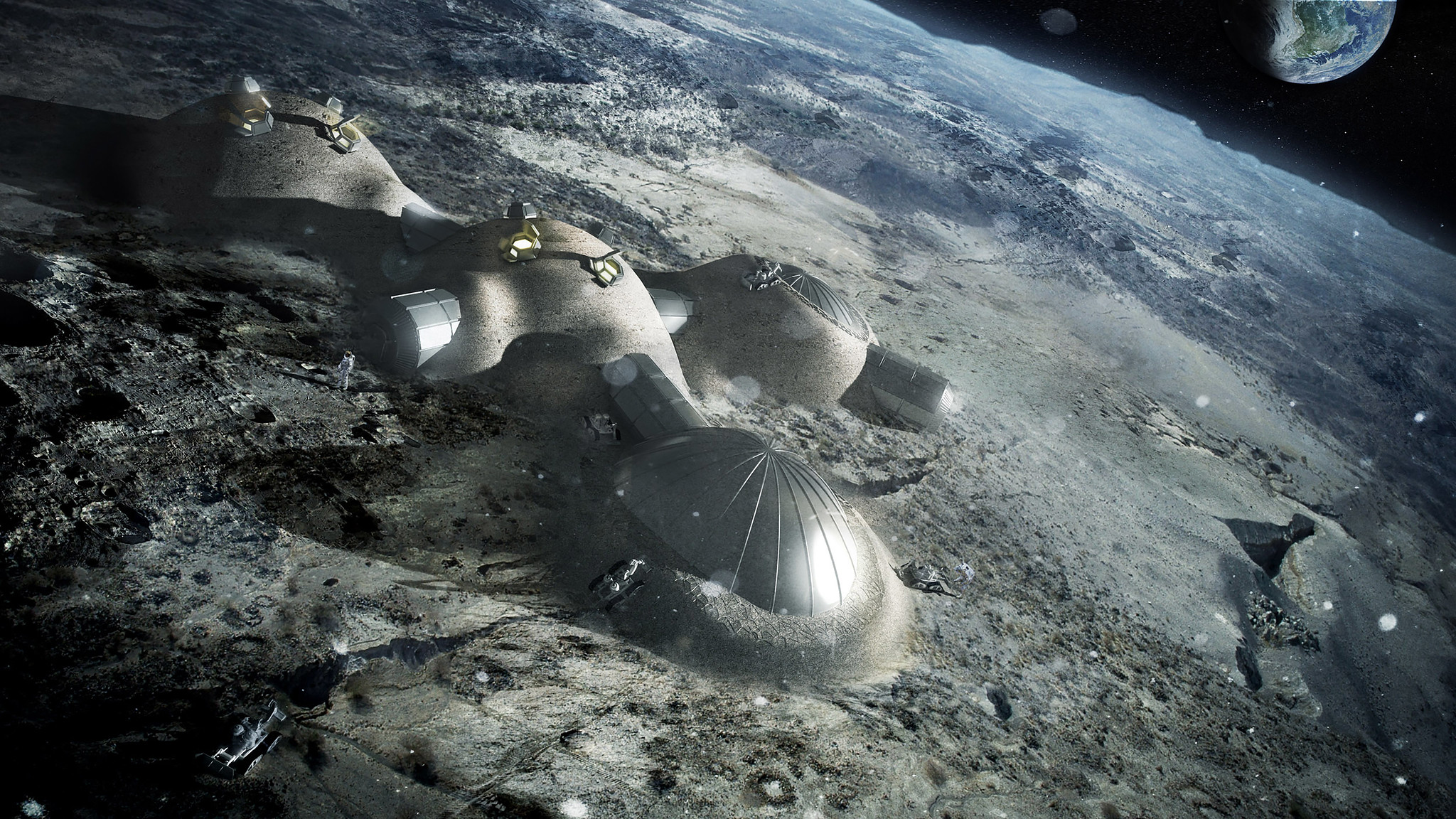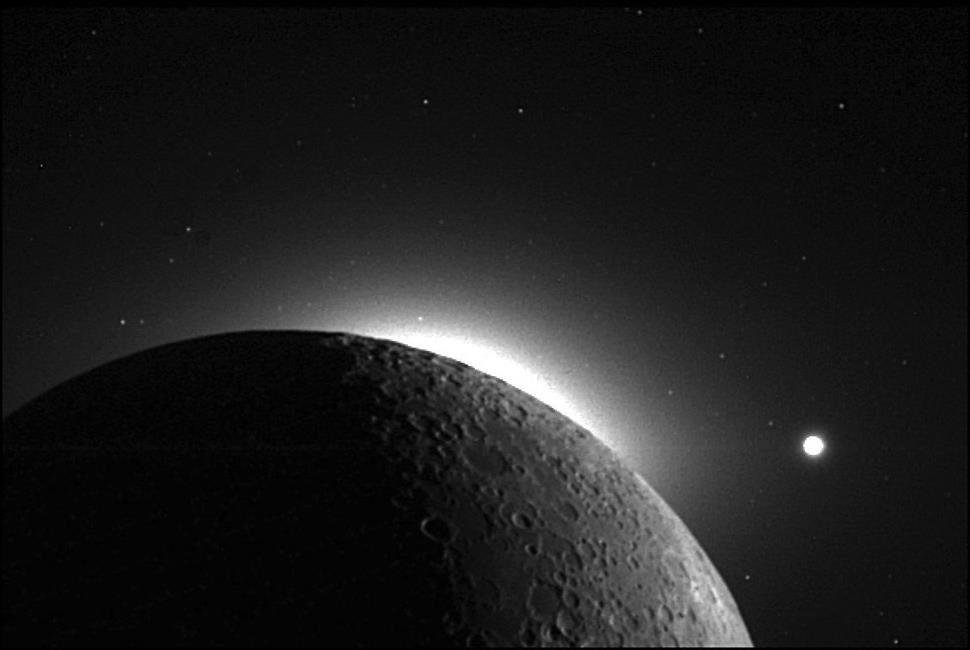Ancient humans lived in caves. Modern humans will too — on the Moon

- Caves on the Moon could be a great place for human explorers to set up habitats, especially if the results of a new study hold up.
- Researchers from UCLA and UC-Boulder estimate that temperatures inside lunar caves adjoining pit craters should hover around 17° C (or 63° F).
- Besides protecting humans from harsh temperature extremes, which range from -180° C (-300° F) at night to well over 120° C (260° F) during the day, caves could also guard against cosmic rays, solar radiation, and micrometeorites.
Science fiction often depicts future humans living in glamorous bases on the Moon, complete with shopping centers, low-gravity lunar sports complexes, and hotels with breathtaking views of Mons Huygens and Selenean Summit. These extravagant visions may one day play out, but the reality is that when humans first do “set up shop” on our orbiting neighbor, we will likely return to where we initially sought shelter on Earth: caves.
From Earth caves to Moon caves
A new study from planetary scientists at UCLA and UC-Boulder suggests that this might not be so bad. Temperatures on the unsheltered lunar surface can swing from -180° C (-300° F) during the 15-day lunar night to well over 120° C (260° F) during the lunar day, which is of the same length. Owing to the Moon’s minimal atmosphere, temperatures in the constantly shaded parts of lunar pits and in any adjoining caves would likely hover around 17° C (or 63° F), positively comfortable by comparison.
It certainly would make heating and cooling future human habitats on the Moon far less of a headache.
Authors Tyler Horvath, Paul O. Hayne, and David A. Paige made the discovery using the Diviner Lunar Radiometer Experiment on NASA’s Lunar Reconnaissance Orbiter, which has been circling the Moon since June 2009. Diviner detects infrared radiation reflecting off the lunar surface, allowing it to accurately measure temperatures above 50° Kelvin (-223°C or -370°F).
The trio of scientists focused Diviner on two large pit craters located in Mare Tranquillitatis and Mare Ingenii. Each are roughly 100 meters deep and 100 meters in diameter. “Pit craters are formed from the collapsed ceilings of subsurface void spaces, such as natural caves or lava tubes,” they explained.
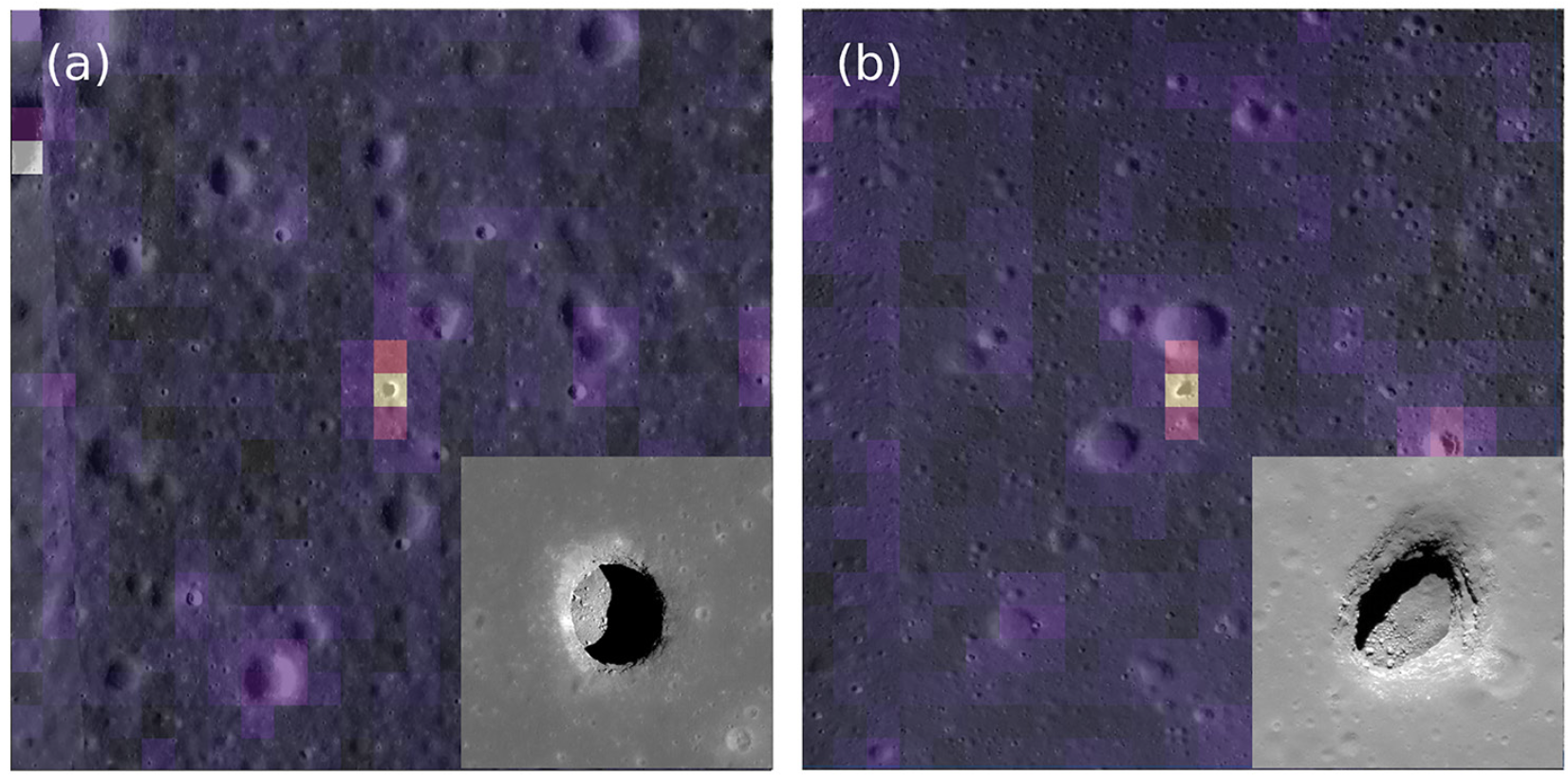
There are at least sixteen of these features on the Moon that very likely offer doorways to extensive cave systems. “Inside these cavities exposure to cosmic rays, solar radiation, micrometeorites, and harsh temperature extremes would be substantially reduced,” the scientists further described. “Their location on the Moon’s nearside also has the potential advantage of direct-to-Earth communications.”
Using Diviner, the authors could see that the pits were effectively “heat traps,” remaining warmer by over 100° Kelvin at night. They then used three different thermal imaging models to estimate the temperature inside an attached cave, taking into account variables like the size of the cavern, the type of ground surface (that is, rock or regolith), and the angle of sunlight. They arrived at 17° C (or 63° F), with just 1° C of fluctuation over the course of a lunar day, owing to the highly insulating lunar regolith.
Moving to the Moon
Scientists still can’t say with 100% certainty that the caves exist, as our orbiting imaging devices presently cannot get a good angle to gaze into one, but ideas have been floating around for futuristic rovers that could repel into giant pits like Mare Tranquillitatis and take a look. Horvath and Hayne were part of the team for one such concept, “Moon Diver,” which was proposed to NASA in 2019, but not selected for funding.
As the Moon has now settled down geologically, sizable “moonquakes” are now rare, meaning that lunar caves, should we ever choose to live in them, are likely stable. “Pits and caves may offer greater mission safety than other potential base station locales, providing a valuable stepping stone for sustaining human life beyond Earth,” the authors concluded.
